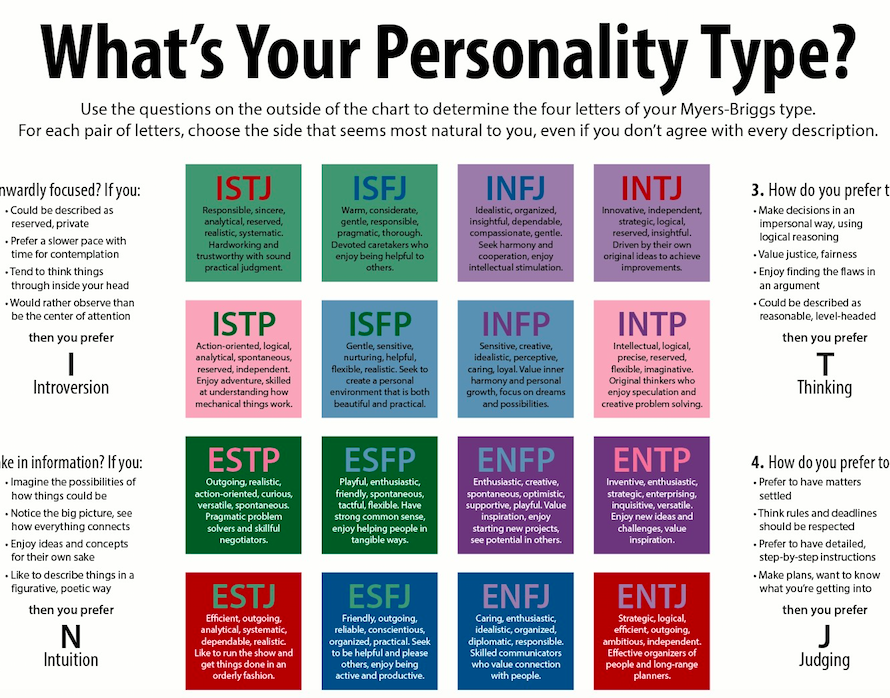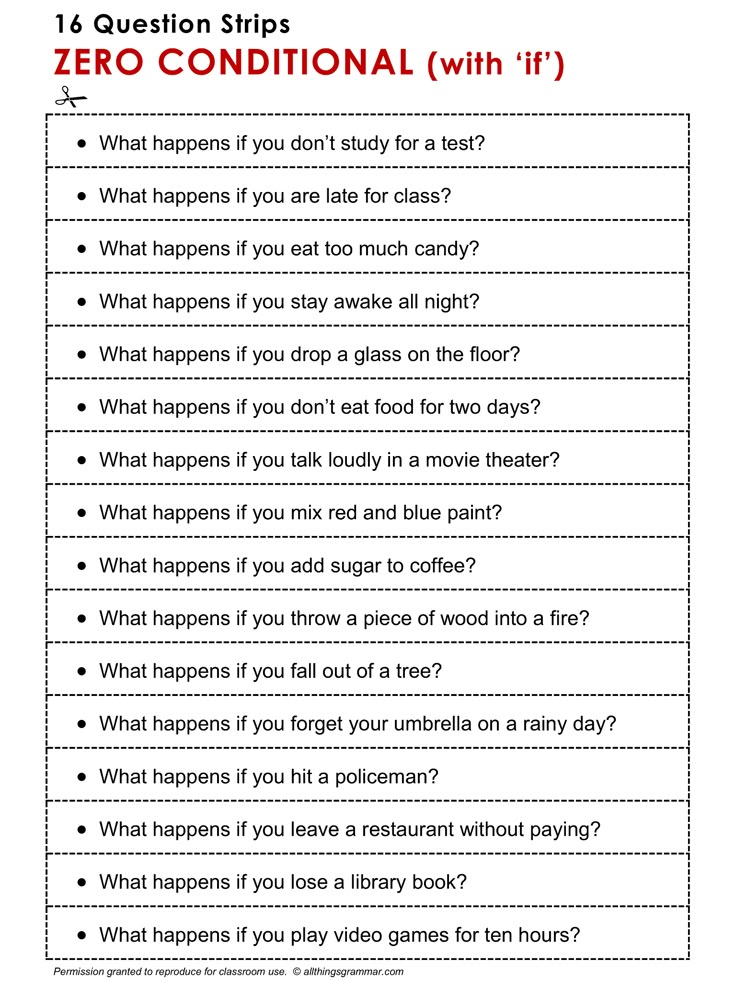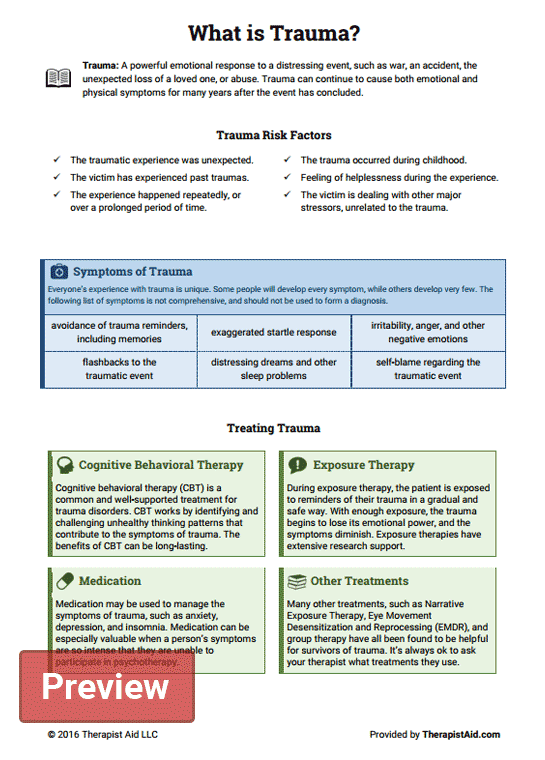Mindfulness retreats 2021
Discover Yourself with These 7 Epic Mindfulness Retreats
Last updated April 4, 2023
Holistic wellness not only involves the pursuit of physical health but likewise mental, emotional and spiritual health. From this perspective, the array of wellness activities that one may enjoy are quite vast.
And for the wellness traveler, this includes various opportunities that encourage greater self-awareness and presence. Perhaps more than ever, travelers can choose among several different types of mindfulness retreats.
From a traditional meditation experience to escapes that allow one to de-stress, mindfulness retreats provide wonderful travel excursions.
Many Options to Explore Meditation through Mindfulness Retreats
In decades past, mindfulness retreats primarily involved spas and resorts that offered a meditation experience. This is no longer the case. Meditation experiences in serene and peaceful environments still exist.
But increasingly, mindfulness retreats encompass more unique and interesting settings and activities previously not considered. Certainly, traditional mindfulness retreats and practices are important. But where and how you wish to enjoy your meditation experience varies broadly.
In many instances, the meditation experiences provided are combined with other wellness and health activities. This highlights the holistic nature of wellness travel in modern times.
Likewise, several activities that might promote wellness in one area has the potential to increase one’s mindfulness as well. These recent changes in wellness travel are making mindfulness retreats more interesting.
No matter what type of meditation experience you seek, it is likely several mindfulness retreats can meet your needs. The following list provides 6 examples of diverse modern mindfulness retreats with a focus on meditation.
1. Mindfulness, Meditation & Yoga with Tracey Delfs (Yoga Wellness)
Exploring wellness travel that offers yoga exercises is a common vacation choice that includes meditation experiences. Yoga enables a greater mind-body connection, which naturally increases one’s awareness and presence in the moment.
Yoga enables a greater mind-body connection, which naturally increases one’s awareness and presence in the moment.
Likewise, yoga routinely invites greater mindfulness through thoughtful breathing and purposeful movements.
Ultimately, this reduces negativity and stress through a physically challenging meditation experience. If you enjoy yoga and this type of wellness travel, a number of mindfulness retreats with yoga exist.
Such wellness vacations can truly reenergize you while teaching you how to incorporate yoga and meditation into your daily life.
2. Pilgrimage Into the Sacred Heart of Sri Lanka (Spiritual Wellness)
Sri Lanka, Ceylon, North Central Province, Sigiriya Lion Rock fortressIn terms of spiritual wellness, the pursuit of a deeper meaning in one’s life and spiritual connection is important. In an effort to achieve spiritual health, meditation experiences allow us to quiet the mind.
In doing so, we invite the chance to become better in tune with our own spirit as well as the energy around us.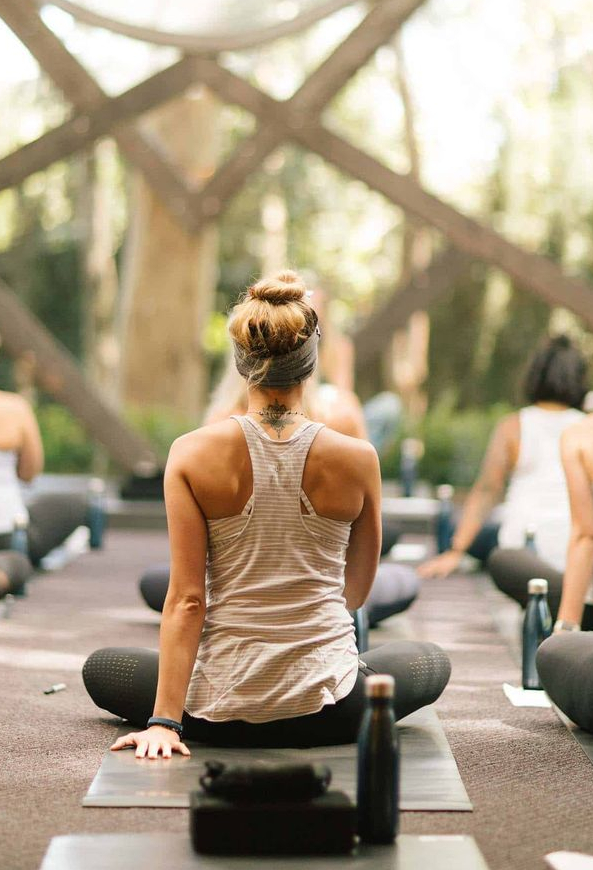 Thus, mindfulness retreats are perfect escapes where we can reflect and meditate on life and its personal meaning.
Thus, mindfulness retreats are perfect escapes where we can reflect and meditate on life and its personal meaning.
This type of wellness travel has increased greatly in recent years. For example, some wellness travelers chose spiritual journeys like the pilgrimage into the Sacred Heart of Sri Lanka.
Being the site where ancient Buddhism began, this mindfulness retreat offers one truly intense meditation experiences.
3. Yoga, Meditation & Healthy Eating at Haley’s Farm (Wellness Through Nature)
Nature provides us with incredible beauty and spectacular environments where we can better pursue health and wellbeing. Likewise, many natural settings allow us the chance to immerse in meditation experiences that enhances awareness and serenity.
Some have called mindfulness retreats that incorporate the healing power of nature, “green therapies.” Thus, choosing this type of wellness travel not only offers increased awareness but opportunities to de-stress and unwind as well.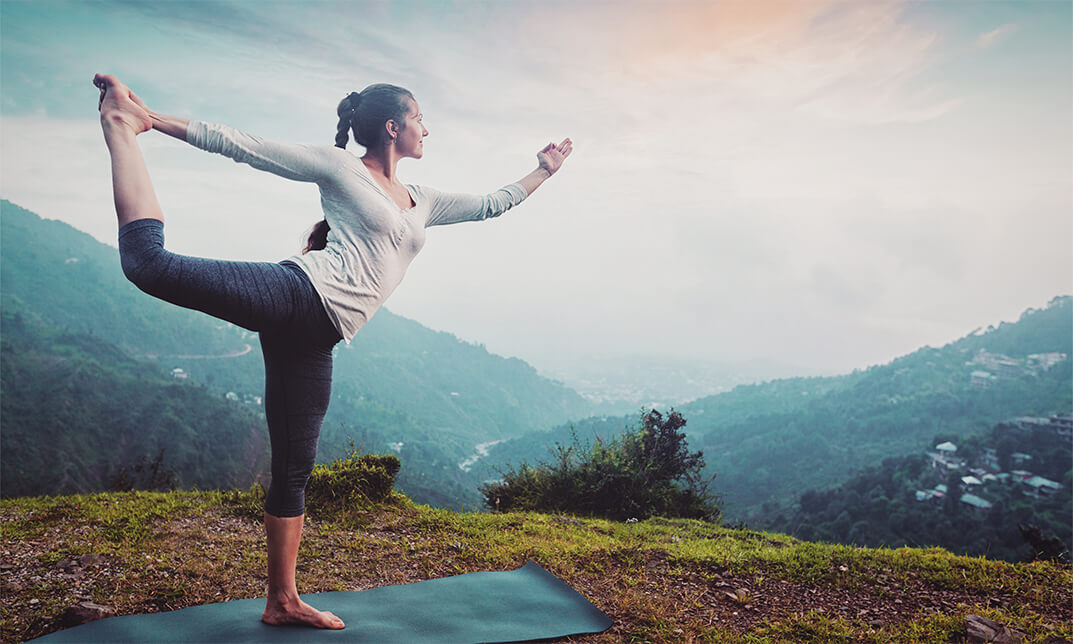
As an example, the mindfulness retreat at Haley’s Farm in Western Maryland incorporates nature, yoga, and healthy eating into its wellness vacations. Clearly a holistic approach to wellness, this escape provides many different ways where one can immerse themselves in a meditation experience.
4. Guided Hiking & Yoga Escape in Sedona, AZ (Active Excursions)
Even though one may prefer to be physically active, the chance to engage in a meditation experience still exists.
Specific activities, such as trail running in nature and hiking, are also included in some mindfulness retreats. By utilizing the serenity and beauty of natural settings, the more active escapes continue to increase awareness.
Likewise, these types of physical activities tend to help many “shut off” the mind so they can enjoy a better meditation experience. While this type of wellness travel may not promote mindfulness for all, some should explore this type of wellness travel.
One example of this type of mindfulness retreat involves a guided hike and yoga retreat in exquisite Sedona. Amidst the canyons and red rocks, wellness travelers enjoy some of the best views during this incredible meditation experience.
Amidst the canyons and red rocks, wellness travelers enjoy some of the best views during this incredible meditation experience.
5. Tour of Sacred North India (Cultural Escapes)
Though not typically perceived as a meditation experience, wellness travel that includes cultural immersions certainly can be. This is especially true when such a wellness trip requires travelers to engage in various creative endeavors.
Being in a different culture invites new perspectives that encourage open-mindedness and exploration. Likewise, creative activities can help foster mindfulness through immersing in specific activities.
One such trip involves the exploration of Divine Love in Sacred Northern India. In addition to tours of many exquisite sites, travelers also stay with local families and learn cultural trends.
This mindfulness retreat provides numerous settings for meditation experiences, and offers opportunities for spiritual, social, and cultural health in the process.
6. “Mid-Life Awakening” Equine Retreat for Women (Animal-Assisted Wellness)
When it comes to health and wellness, animal-assisted care has been recognized for its healing abilities. In addition to goat yoga, which enhances peacefulness and happiness, other types of meditation experiences also include animal-assisted care.
Ranch vacations with horses and horseback riding may facilitate mindfulness.
Wellness travel in various ranches in Colorado and Arizona offer such mindfulness retreats. Equine experiences allow participants to break out of what’s holding them back, have fun, build self-confidence and reconnect to themselves.
The meditation experience provided in conjunction with these animals can provide quite a powerful wellness excursion. And it can re-energize and rejuvenate in the process.
Enhance Awareness and Appreciate the Moment
Overall, the goal of any meditation experience is to enhance your awareness and to be appreciative of the moment. It is all too easy in today’s world to become overly stressed and consumed by what might happen next. In the process, we forget to slow down.
It is all too easy in today’s world to become overly stressed and consumed by what might happen next. In the process, we forget to slow down.
But if we choose to include mindfulness retreats as part of our travel, we can re-energize ourselves and adopt new practices. And through these same meditation experiences, we can learn more about ourselves, the world around us, and our spirituality.
This is the promise of meditation and mindfulness, and it’s why it is essential to our total wellness.
About Vacayou
At Vacayou [pronounced VACAY – YOU], we believe that travel has the power to change lives. The power to revive, rejuvenate and redirect your inner wellness warrior. And that’s why we’re here. Take an online staycation with us and change how you think about travel. Let us make it easier for you to search, discover, and book wellness and active vacations. But we don’t stop there. We are with you every step of the way—before, during and after your journey—to make sure you enjoy the most meaningful vacation ever. Vacayou is wellness travel that meets you right where you are.
Vacayou is wellness travel that meets you right where you are.
There’s a whole world out there and Vacayou is here to help YOU explore it! No matter how far or how adventurous, our team scours the globe to curate the best in wellness travel.
Start the trip of your lifetime today, with Vacayou.
P.S. Don’t forget to subscribe to our newsletter.
Top 12 Meditation Retreats To Cultivate Your Practice in 2021
Last updated April 4, 2023
Meditation, breathwork, retreats and other practices that encourage mindfulness are being praised for their benefits more and more often in Western culture. And with good reason.
Rituals that bring an expanded awareness of self through an increased sense of moment-to-moment presence have been explored as a means to bring about positive personal change for centuries—and we are only just touching the surface.
Modern science is catching up and showing what many practitioners have known for years. Meditation and mindfulness make a difference in the quality of life for everyone, young and old.
Meditation and mindfulness make a difference in the quality of life for everyone, young and old.
The mental and emotional effects, including decreased levels of stress, anxiety and depression are cited frequently as benefits. These are indeed impressive and alone worth cultivating a practice.
Studies have shown that meditation reduces the size of the amygdala—the brain’s fear center—while strengthening the prefrontal cortex. Research reveals that having extra brain cells in this region can boost our ability to make rational decisions.
Meditation Benefits: Known and Lesser-So
However, by activating the parasympathetic nervous system, or the “rest and digest” branch of our autonomous nervous system through conscious relaxation of the mind and the body, we also invite in a host of lesser-known mental and physical benefits.
These include increased resilience to pain, an increased sense of social connection and a stronger immune system, just to start.
“Meditation is not a way of making your mind quiet.
Deepak ChopraIt is a way of entering into the quiet that is already there.”
And though most of us are aware of at least a few of these benefits, it’s sometimes still a struggle to find the time for regular meditation practice.
It can be hard to find the space-—be it a physical space away from others, the mental space or the emotional distance from our challenges—to cultivate these practices in our day-to-day lives with consistency.
The best time to adopt a new habit is when we consciously create the space to do so. As many travelers know, getting out of your routine on a wellness vacation can provide just the space you need.
Embark on a Meditation Retreat
Taking a vacation that incorporates exercises in mindfulness—whether they be formal meditation techniques or simply unplugging from technology and becoming consciously immersed in your reality—can help set in motion changes you can incorporate into your life when you return home.
Many meditation retreat destinations worldwide offer the perfect setting to explore mindfulness through both long and short meditation breaks.
Some offer meditation instruction, yoga and martial arts classes-—excellent forms of moving meditation-—while others simply provide a nurturing atmosphere and the freedom of unstructured time to allow you to explore the practice on your own.
“Meditation will not carry you to another world, but it will reveal the most profound and awesome dimensions of the world in which you already live. Calmly contemplating these dimensions and bringing them into the service of compassion and kindness is the right way to make rapid gains in meditation as well as in life.”
Zen Master Hsing Yun
Here, our top picks for meditation retreats to find your inner balance and cultivate your lifelong practice.
Courtesy Suncadia ResortGo off the grid in this Pacific Northwest resort just 80 miles east of Seattle.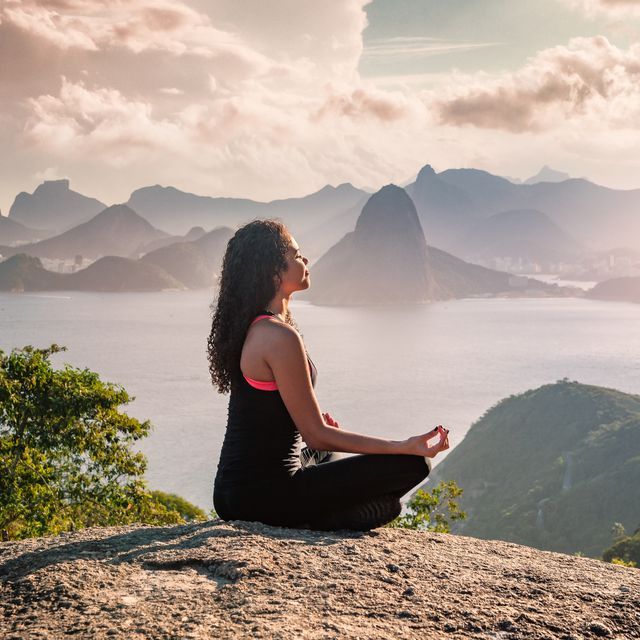 Let your mind settle as you count the stars on a crisp, clear night outdoors in the fresh, pine-scented air.
Let your mind settle as you count the stars on a crisp, clear night outdoors in the fresh, pine-scented air.
Nature reigns supreme here with hiking one of the main attractions in this area. With over 40 miles of exploratory trails, guests can practice forest bathing along the lush Cascades through meadows and rivers.
This all-season mountain resort also boasts biking trails, championship golf courses and world-class spa treatments.
Join the wellness team for daily sessions that inspire you to integrate nature into your experience. Outdoor activities include breathwork walks, a tea ceremony with yoga and meditation, and guided wilderness meditation.
Courtesy YO1 ResortThe magic of the mountain air. The promise of a healthier and happier self. YO1 is a luxurious wellness resort promoting holistic Indian healing practices through Ayurveda, naturopathy and yoga.
Through traditional healing therapies, YO1 connects mind and body with life-changing results through a custom blend of therapies coupled with inner reflection.
No matter where you are on your wellness journey, you will embark on a new path toward lasting health—incorporating meditation into your wellness journey with naturopathy, yoga, acupuncture and nutrition counseling.
Facilities include a state-of-the-art fitness center, an indoor pool, a health museum, educational wellness speakers and lectures, scenic nature trails and bikes for guest use on the property.
3. The Resort at Longboat Key Club — Florida, U.S.
Courtesy The Resort at Longboat Key ClubFor those seeking a beach experience, this full-service resort on exclusive Longboat Key provides the perfect spot to soak up some sun. Plus it doubles as a meditation destination.
Offering moonlit meditation classes and sunrise yoga on the beach, you’re sure to leave feeling centered. Stay nourished with farm-to-table meals, and spend your days on the water kayaking or paddleboarding.
The Longboat spa offers an oasis of relaxation with a full menu of island-inspired wellness services. While the 9.5-mile island walking path is the perfect starting point to help build healthy, mindful habits into your day.
While the 9.5-mile island walking path is the perfect starting point to help build healthy, mindful habits into your day.
For nearly four centuries, the Augustinian Sisters devoted themselves to caring for body and soul. Today, Le Monastère des Augustines still honors their mission as a healing sanctuary of renewal and transformation.
The 17th-century monastery-turned-hotel is located in the heart of Old Québec and is a unique refuge for serenity and self-discovery. After a morning meditative walk, breakfast is in silence as a contemplative practice of nourishment and gratitude.
With contemporary wellness programming that focuses on balancing the physical, mental, emotional and spiritual, Le Monastère invites guests of all faiths to connect in their own personal and private way.
Le Monastère offers packages designed to promote rest and slowing down for self-discovery. Guests also get the opportunity to learn about the rich heritage of the Augustinian Sisters.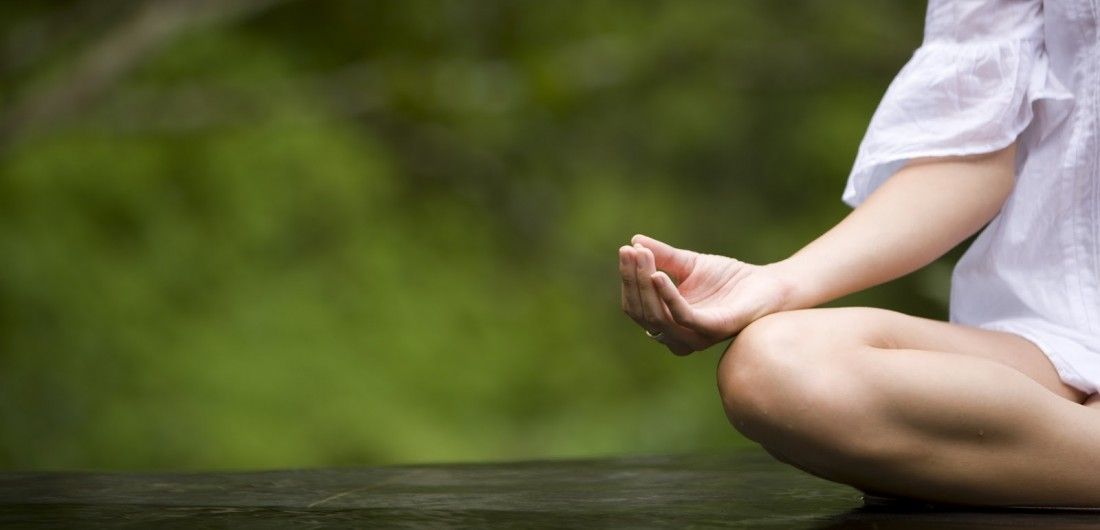
Courtesy Honor’s HavenQuiet the mind, and the soul will speak.”
Ma Jaya Sati Bhagavati
This beautiful property in the Hudson Valley is nestled amongst 200 acres of lush gardens and rolling hills, surrounding a freshwater lake.
Honor’s Haven seeks to offer an environment for holistic wellness with a mission of being a place for an authentic human connection and integrative personal development.
Take time for mindful reflection while you cleanse your body of toxins, awaken your natural healing power and gain enhanced self-awareness in the backdrop of the luscious Catskill Mountains.
Whichever retreat you choose, you’ll have access to daily wellness activities and classes. Bonus: rooms offer exceptional views of the mountainside, lake or formal gardens.
6. Sol y Luna Lodge and Spa — Peru
Courtesy Sol y Luna Lodge and SpaPeru is a country steeped in spirituality, and many travelers visit in the hopes of cultivating a deeper connection to themselves and the world in the land of the ancient Incans.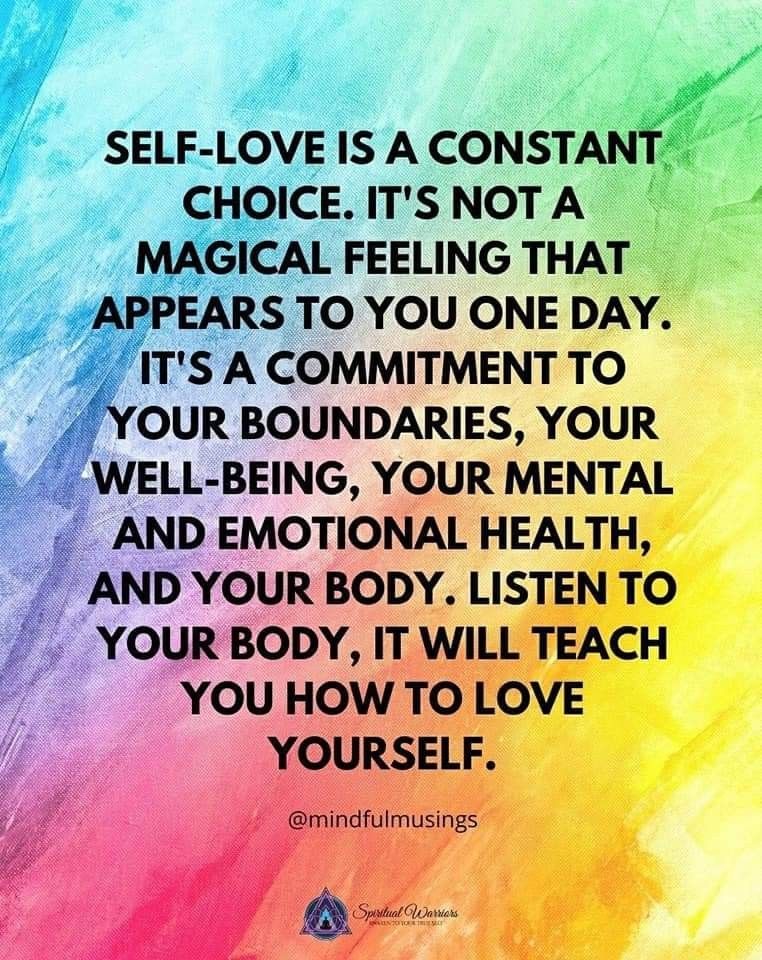
The Sol y Luna (Sun and Moon), a sustainable lodge situated on more than 32 pristine acres in the Sacred Valley of the Incas, is the perfect retreat to practice mindfulness.
With yoga and Tai Chi on offer, both excellent forms of moving meditation, fresh organic food from their garden, spa treatments and tour options to visit the sacred site of Machu Picchu, there is no limit to the ways you can connect with yourself mindfully.
You’ll stay in one of forty-three private and cozy “casitas” made of local stone surrounded by gardens filled with native flora. All casitas face the Andes Mountains where the Incas believed their gods dwelled.
Sol y Luna profits finance the Sol y Luna Association which pursues inclusion and equality through education for the children of the Sacred Valley along with sustainable work opportunities for local families.
7. Casa Palopo — Guatemala
Courtesy Casa PalopoA long winding journey up the mountains will bring you to Lake Atitlán in the Guatemalan Highlands of the Sierra Madre mountain range.
Casa Palopó is a private home-turned-boutique hotel that offers the lake and its magnificent volcanoes as the perfect backdrop to inspire your meditative state. Palopó is tiny, so if it’s solitude you enjoy, this spot will suit.
Seven spacious rooms are uniquely decorated with contemporary and indigenous Guatemalan artwork with cool Italian linens draping across the beds. The private terraces are furnished with wooden lounges, creating the perfect nook to absorb the views.
They also offer boat tours to visit the other small villages. These are worth the trip to see the different characteristics of each village.
This retreat, a destination in and of itself, combines the luxe lake life with abundant opportunities for connecting inward.
Courtesy Lapazul Retreat Center“You can’t stop the waves, but you can learn to surf.”
Jon Kabat-Zinn
Imagine a vacation that leaves you transformed while also enriching your mind and igniting your passion for life.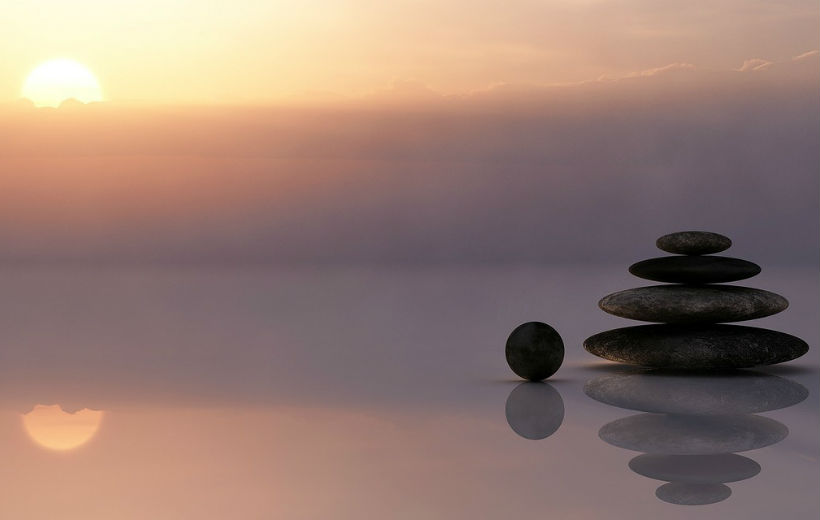
From the moment you step into your room your wellness journey begins at this luxe retreat center. Awake each morning to the smells of locally sourced coffee and make each day your own.
Connect with your body on the open-air yoga shala overlooking the central Pacific Coast. Recharge with a massage using your own personalized blend of essential oils. Or try your hand at preparing the local Costa Rican cuisine.
Whether you prefer active movement or quiet reflection, Lapazul cultivates fascinating activities that awaken the senses and stimulate the mind to the chorus of jungle sounds while you recharge, rejuvenate and renew in Costa Rican luxury.
9. The Legian — Bali
Courtesy The LegianThe “Island of the Gods” is the perfect place to explore a mindful approach. A warm Balinese welcome awaits guests at The Legian, as well as morning yoga and the shores of Seminyak Beach.
The beachfront Studio Suite offers stylish, spacious accommodation opening up onto a beautiful terrace with a large daybed—ideal for contemplation.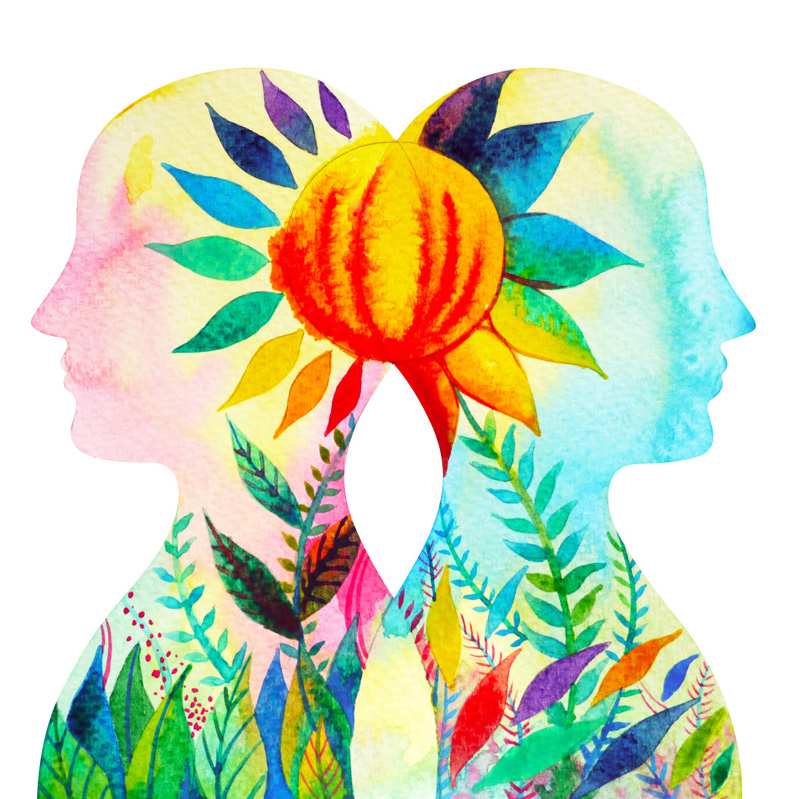
Let yourself be lulled into a state of relaxation and observe how your thoughts melt away and bring space for new ideas.
A visit to Ubud, the hill town made famous by Elizabeth Gilbert in Eat, Pray, Love is a worthy day trip. It will almost certainly live up to your expectations and offers countless opportunities to experience yoga and meditation.
This is the authentic heart of captivating Bali. Attractions range from the natural to the divine with black- and white-sand beaches, holy volcanic mountains and emerald green paddy fields.
10. The Saxon Hotel, Villas & Spa — South Africa
Courtesy The Saxon Hotel, Villas & SpaIf you are searching for luxury, this South African retreat with its choice of elegant suites in the main house or private garden villas will not disappoint.
At the heart of Johannesburg lies the enchanting Saxon Hotel. A unique blend of history and five-star service, the Saxon sits on ten acres of indigenous gardens, providing a peaceful retreat like no other.
Let go of your to-do list and let the friendly staff take care of all your needs.
Enjoy South African meals made with handpicked ingredients from their rooftop organic garden. Guests can also find respite at the Saxon Spa and Studio.
This secluded haven offers ancient and modern healing techniques and aromatherapy to promote a holistic sense of vitality, energy and balance.
11. Alta Mare by Andronis — Greece
Courtesy Alta Mare by AndronisThe Santorini seaside lifestyle offers you a chance to unwind and explore your body, mind and spirit.
Lulled by the light breeze of the Aegean Sea, Alta Mare by Andronis is discreet luxury, with traditional architecture and breathtaking views of the crescent island of Santorini. The perfect haven to relax and read, contemplate and daydream.
The open-plan “retreat suite” offers guests privacy, beautifully and simply furnished. The large private patio with hot tub has unrivaled views of the dramatic volcanic cliffside making it the ideal hideaway.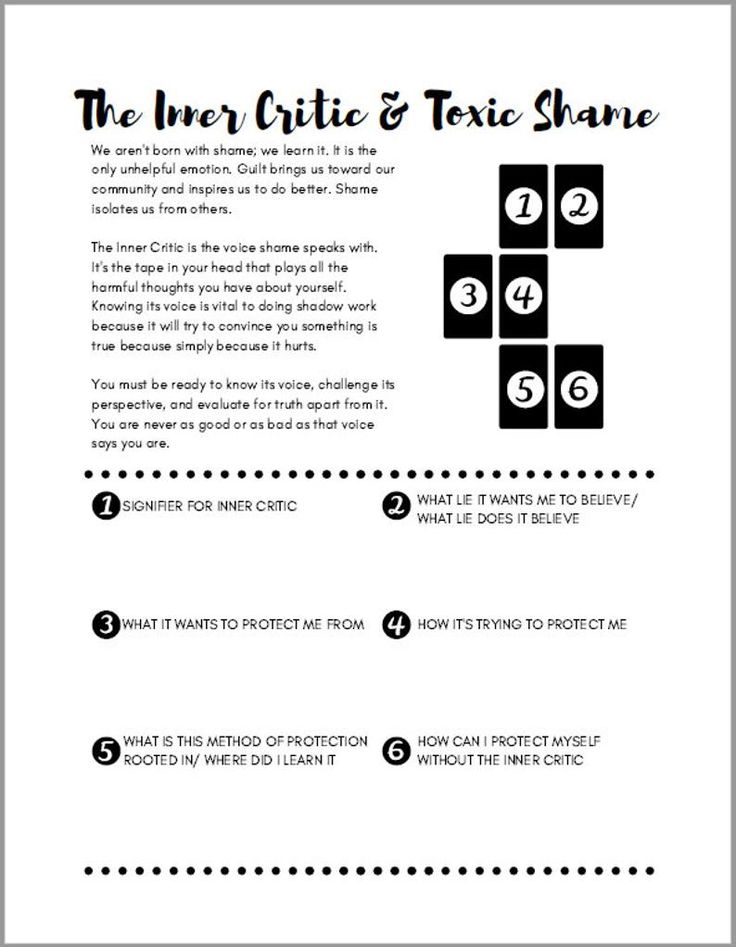
A short sail from the hotel takes you to small villages, Venetian lighthouses and the volcanic isles of Palaia and Nea Kameni. These islands are where you can swim in the healing sulfurous waters of the hot springs.
12. The Gangtey Lodge — Bhutan
Courtesy The Gangtey LodgeBhutan remains one of the world’s most mysterious countries. Known for its monks and temples, this country provides the perfect respite from day-to-day stressors.
The Gangtey Lodge, in a remote glaciated valley of the same name, delivers an authentic meditation retreat experience in one of the world’s most undiscovered meditation destinations.
A must-try mindful treatment is a Bhutanese ritual in their hot stone bathhouse. In a specially prepared Bhutanese Dotsho, or hot stone bath, fresh spring water is used and river stones are collected and heated to warm the bath.
The experience combines ancient Bhutanese medicinal practices with unobstructed views of the magnificent Gangtey Valley.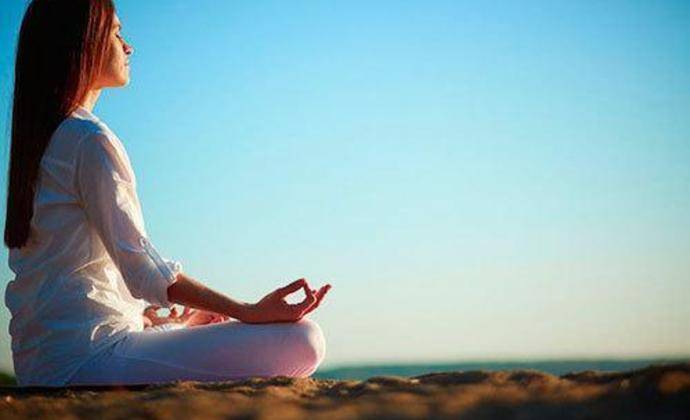 Follow it up with a massage, foot scrub and a cozy robe. You may just notice your thoughts slowing to match the quiet way of life.
Follow it up with a massage, foot scrub and a cozy robe. You may just notice your thoughts slowing to match the quiet way of life.
Whether it’s a weekend staycation or a longer vacation in an exotic locale, meditation retreats offer the time and literal space to unplug, bring it all in and let it all go. You’ll return home with a better grasp of your inner wisdom and feel more rejuvenated than ever before.
apps, gadgets, retreats, is it really useful and how much does training cost?
This text was written by a reader in the Community. Carefully edited and formatted according to editorial standards.
Artem Lisak
meditating
Author's profile
Recently, everyone around has taken care of their mental health.
More and more of my acquaintances go to psychologists and do not hesitate to do so, meditate, go on retreats, study with MBSR coaches. Mindfulness has become a trend.
In 2020, the trend affected me too — in a year and a half, I spent more than 100,000 rubles on my mental health.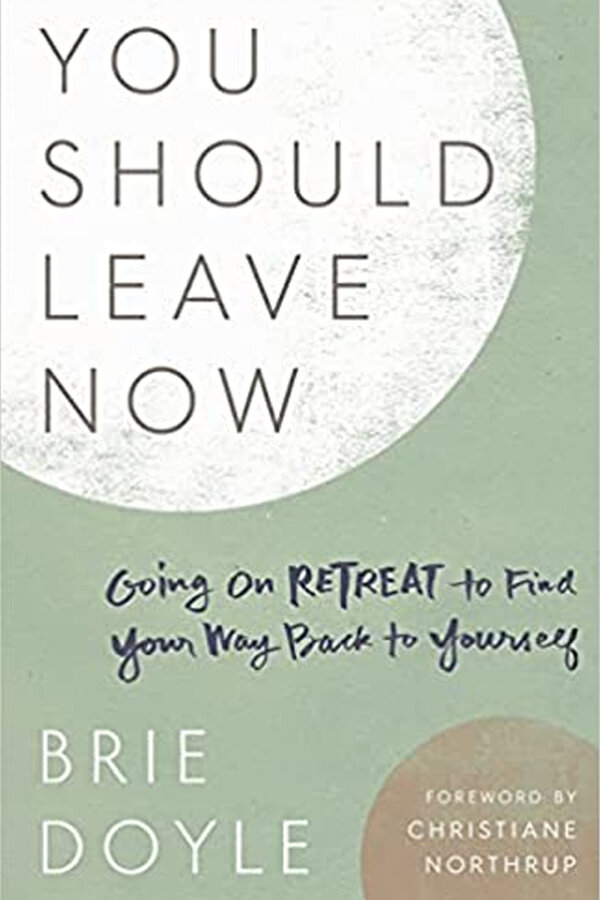 Now my friends call me a mental geek. In this material, I will tell you where this money went and whether I eventually managed to comprehend Zen.
Now my friends call me a mental geek. In this material, I will tell you where this money went and whether I eventually managed to comprehend Zen.
Why I decided to get into mental health
I started getting interested in mental health about five years ago. Somehow, everything came together at the same time: there were more projects at work that periodically led to stress; I had a family that also took time. As I grew older, I began to notice that mental problems are not always solved on the material plane: for example, satisfying my desires and whims helped only for a short period. So I came to the idea that you need to deal with this area with the help of specific tools.
I work in the IT field for a large Moscow company. The work is interesting, but it requires a lot of concentration and at the same time quickly switching between different tasks and projects. In addition, my activity is connected with communication, and people are not mechanisms: they have emotions, they can miss deadlines, everyone needs an individual approach. These factors lead to stress, accumulation of fatigue and gradual burnout. Therefore, in 2020, I thought that something should be done about it. I decided to start with regular meditations as the most accessible and popular way to find inner balance.
These factors lead to stress, accumulation of fatigue and gradual burnout. Therefore, in 2020, I thought that something should be done about it. I decided to start with regular meditations as the most accessible and popular way to find inner balance.
I chose meditation because I read from time to time that my idols in the world of entrepreneurship, show business and literature use this practice as an effective tool. I did not go to psychologists at that moment. On the one hand, I was pressed by a stupid prejudice that "only psychos go to psychologists": now I understand that it is erroneous. And on the other hand, then there were not yet such a large number of convenient psychotherapy services.
/list/money-and-happiness/
Is it possible to buy happiness: what does science say about this topic
Probably ten years ago all these Eastern practices would have seemed strange to me, but times are changing. Over the past few years, many yoga schools have appeared, I started going there with friends, and I liked it.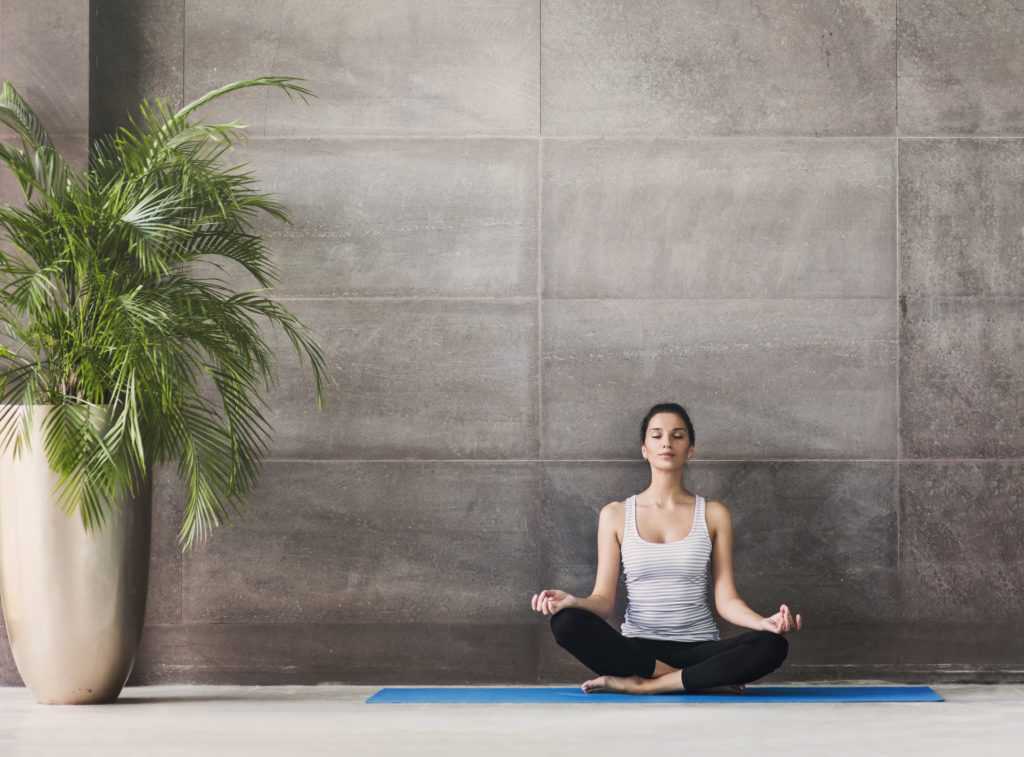 Later, I lived in Southeast Asia, I liked their culture, and I began to read books on the topic. That is, by the time I decided to try to meditate, I was prepared to some extent.
Later, I lived in Southeast Asia, I liked their culture, and I began to read books on the topic. That is, by the time I decided to try to meditate, I was prepared to some extent.
How I started to meditate
It turned out that sitting in one position even for 10 minutes and observing your thoughts and feelings is hard both mentally and physically. Different thoughts constantly came into my head: from a shopping list to working projects. Legs and back began to numb after 2-3 minutes of practice.
So my first mental health expense was an orange banana-shaped meditation cushion. Only 900 R - and sitting in a pseudo-lotus (cross-legged) has become much easier: the pelvis leans forward, due to which the load on the ischial bones is removed. Later, I learned that injuries associated with attempts by beginners to sit in padmasana - the lotus position - are often experienced by practitioners of yoga and meditation. Unaccustomed stress on the knees can damage the menisci or the sciatic nerve.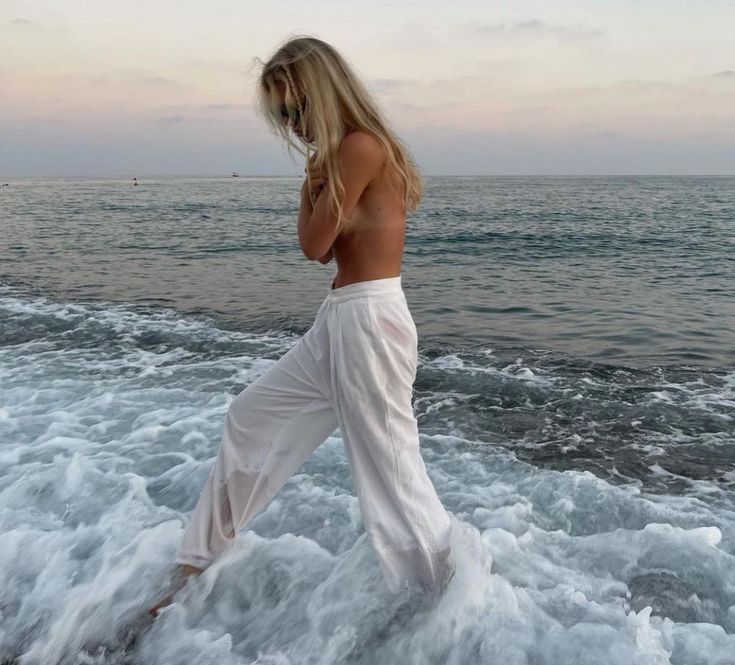
When I figured out the unpleasant sensations in my body, I wanted to better study aspects of meditation - some rules and guides. I heard about two popular teachers - Osho and Sadhguru. As a result, I bought a whole video course with the methods of the second master for 5930 R. Osho, unfortunately, does not teach any courses, since he has long gone to another world, so I bought his book for 500 R.
After studying the materials, I gradually began to understand the basic techniques and techniques:
- study the space around us;
- we study the sensation in the body - this is called bodyscanning;
- we study our inner feelings;
- we are trying to turn on the internal observer in order to observe ourselves as if from the outside.
In general, there are a lot of tricks: from the oil technique, which was invented by one famous Japanese Zen master, to the popular noting. I think that at first you definitely don’t need to chase after techniques and tricks: an abundance of information can only confuse a beginner. In general, mental training is based on a simple sequence of actions: observation of the world around, and then - of one's sensations in the body and mind.
I think that at first you definitely don’t need to chase after techniques and tricks: an abundance of information can only confuse a beginner. In general, mental training is based on a simple sequence of actions: observation of the world around, and then - of one's sensations in the body and mind.
I also got the idea from books that you don't have to sit for effective meditation. According to Osho, it is very difficult to start practicing with sitting meditation, so he advised trying dynamic techniques. I tried them in special groups, and now it seems to me that this is the best way to get acquainted with mental practices. If there are no such groups in your city, then interesting advice can be found in the books of the Vietnamese monk Thit Nat Khan. In the writings of this adherent of Zen Buddhism, there are tips on how to meditate while walking or doing household chores.
After his books, I wash the dishes with pleasure.
But reading is one thing, and practicing is quite another.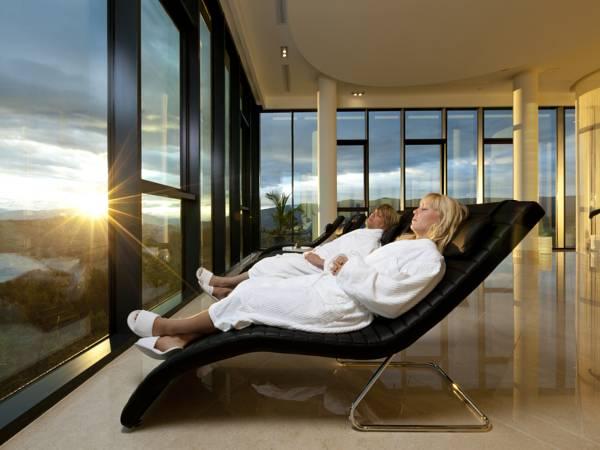 When I was left alone with the leapfrog of my thoughts, I could not sit on the rug even for two minutes. I thought that something was wrong with me, and I was worried because I could not stop this flow in my head. It even got a little creepy. But then I read other books, listened to yogis and realized that all meditators face this problem.
When I was left alone with the leapfrog of my thoughts, I could not sit on the rug even for two minutes. I thought that something was wrong with me, and I was worried because I could not stop this flow in my head. It even got a little creepy. But then I read other books, listened to yogis and realized that all meditators face this problem.
In the end, I decided that meditation should be approached as physical training - with patience and perseverance. I started meditating every day. But only in the third or fourth month did I really begin to like the process and I felt that it somehow affected my behavior and life.
Meditation apps
Despite the knowledge I gained, I still had big problems with concentration. Therefore, I decided to try to meditate with the help of special applications. There were surprisingly many of them both in Epstore and Google Play. I eventually settled on two apps that I still use today.
Meditopia. This application has a Russian version. Inside there are several audio meditations on various topics, which are spoken by a girl announcer with a very pleasant voice. The structure of the lesson has already been thought out, it remains only to repeat and do what the trainer says. This type of practice is called guided meditation. It is believed that such classes are better suited for beginners, and more experienced meditators do without audio accompaniment.
Inside there are several audio meditations on various topics, which are spoken by a girl announcer with a very pleasant voice. The structure of the lesson has already been thought out, it remains only to repeat and do what the trainer says. This type of practice is called guided meditation. It is believed that such classes are better suited for beginners, and more experienced meditators do without audio accompaniment.
A monthly subscription to Meditopia costs 349 R. I gave the authors of the project 6282 R for 18 months.
Headspace. Today, this service is the leader in the Western market of mental health applications. The creators of the project are recording films about mindfulness together with Netflix and creating themed cartoons with the heroes of Sesame Street. The app was created by English meditation author Andy Puddicombe. He has an interesting fate: Andy started his career as an athlete, and then suddenly decided to become a Tibetan monk, lived in the Himalayas for ten years, after which he returned to the UK and began to conduct meditation trainings.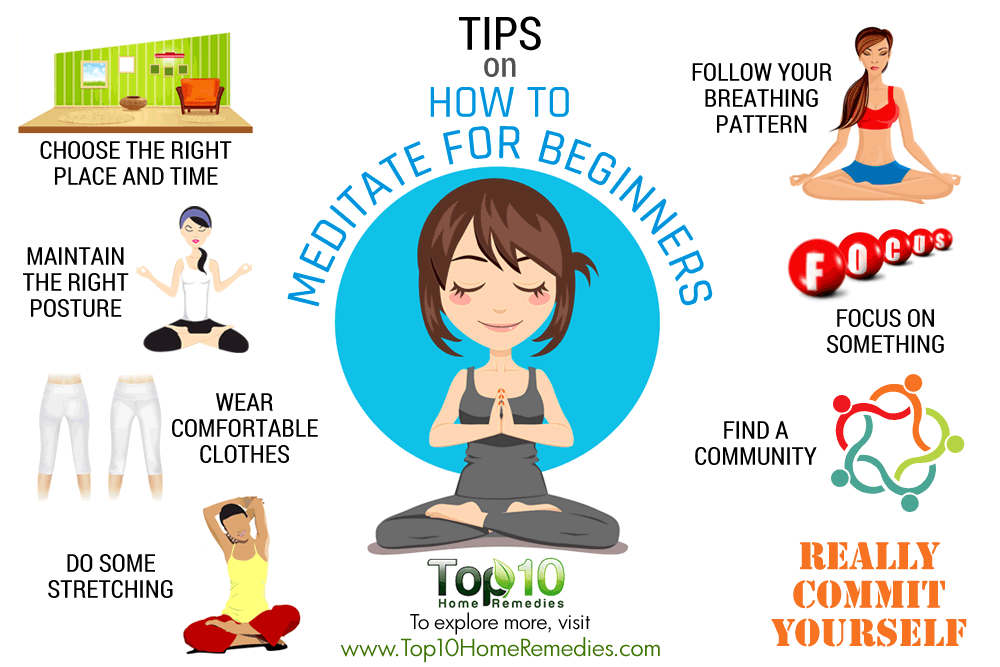
/list/meditation-apps/
Deep Inhale and Long Exhale: 5 Meditation Apps
Monthly subscription costs Rs. productive. I began to feel the beneficial effects of regular practices: I became less irritable and more collected.
Meditation Gadgets
Once, somewhere on the Internet, I saw neurohoops - special gadgets that need to be worn on the head. According to the creators, hoops improve the quality of meditation and accelerate progress. Now there are two main brands on the market - Muse and NeoRhythm.
Muse offers various audio programs for meditation and sound therapy: jungle, ocean, forest sounds. The device works in conjunction with the application and is able to track the breathing, heartbeat and body movements of the meditator. At the end of the session, Muse gives feedback and corrects the student's practice.
NeoRhythm takes a fundamentally different approach.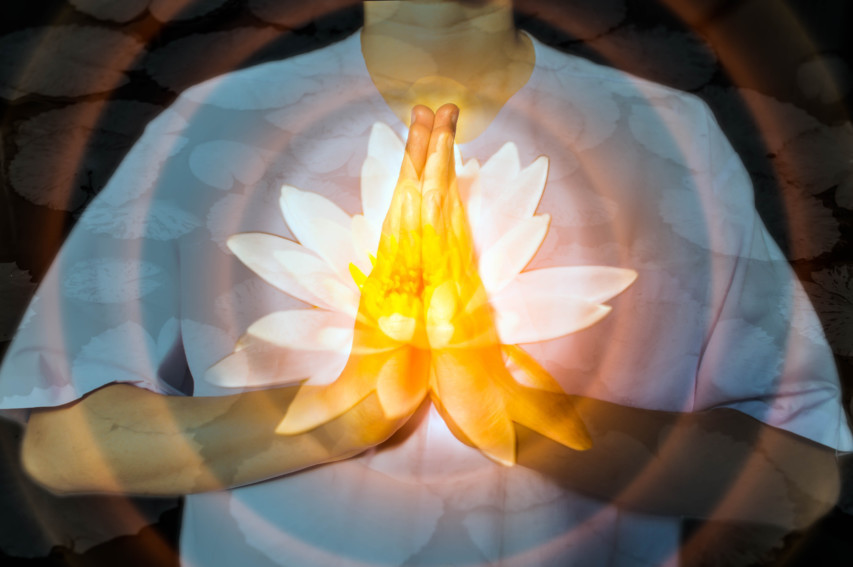 There are five coils inside the neurohoop that generate a low intensity magnetic field. The device produces frequencies that correspond to those naturally produced in the brain in the form of brain waves: alpha, beta, gamma, delta and theta. According to scientists, these waves correspond to different functional states of consciousness.
There are five coils inside the neurohoop that generate a low intensity magnetic field. The device produces frequencies that correspond to those naturally produced in the brain in the form of brain waves: alpha, beta, gamma, delta and theta. According to scientists, these waves correspond to different functional states of consciousness.
The concept of NeoRhythm seemed closer to me, so I ordered a gadget from a foreign store. Taking into account the delivery, the cost of the device was about 40,000 R. It seemed to me that my meditations would seriously improve with the neurohoop, but there were no fundamental changes.
I never reached Enlightenment 😊
At first, I did notice small improvements. For example, after using the neurohoop, it was easier for me to calm my mind, I quickly reached the optimal state for practice. True, after three months of using the device, I nevertheless realized that there was not much difference between meditations with and without a hoop.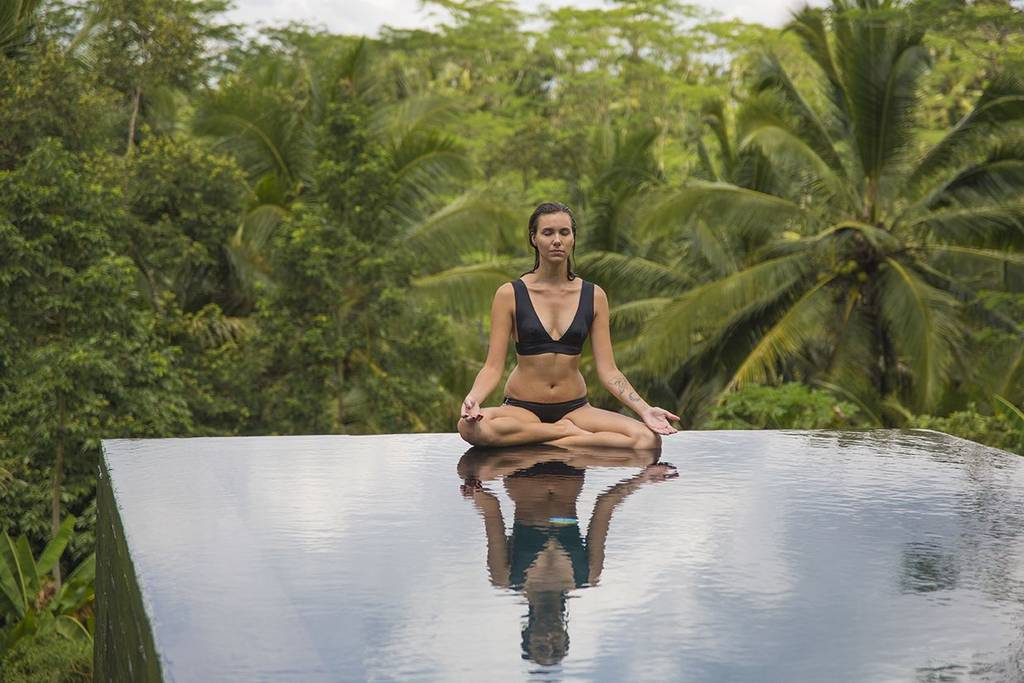 That's why I don't use it now.
That's why I don't use it now.
I think the topic of gadgets in the field of mental health is only gaining momentum. When devices appear that can not only broadcast general information - binaural beats or just melodies - but select workouts based on the current state of a person, his experience or an ECG scan, for example, then I will be the first in line for such a device.
Neurohoop NeoRhythm. Includes charger, hoop, health testerHow I was on retreat
My acquaintances also advised me to go on a retreat. They said that in an environment of like-minded people it is better to work out psychological blocks and clamps. In a pandemic, I didn’t have much to choose, so I went to a five-day retreat in the Crimean mountains.
We were accommodated in hostel-type houses with bunk beds, the bath and toilet were outside. At 7 in the morning we were going to meditation, then yoga, a light breakfast and cleaning of the premises were scheduled. After lunch, we went hiking, painting, doing functional training, and participating in tea ceremonies.
I paid 25,000 RUR for participation, I paid for the road myself, spent about 12,000-15,000 RUR.
In general, I liked everything. I was only a little embarrassed by the kundalini-style group meditation in which I had to participate. In this practice, you need to actively move to specific music, do not be shy and dance as the soul tells. Someone jumps like a monkey, someone rolls on the floor, someone howls like a wolf: it is believed that in this way a person awakens the kundalini energy. The coach asked everyone to close their eyes, but at the climax I still wanted to open them and saw all this madness from the side. I felt a little uneasy.
In general, I am fine with various types of practices. I think that if it benefits a person, does not harm his health and does not contradict the law, then why not. Moreover, I felt the effect of group practices. I understand that this is not scientifically proven, but for some reason, when you meditate in a group, the effect is often stronger than from a single practice.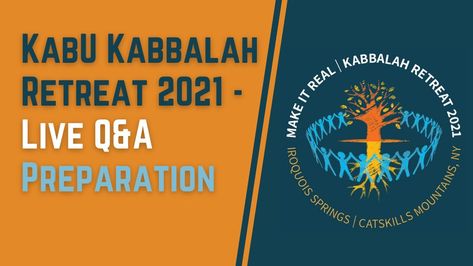
/diary-yogaterapevt-omsk-120k/
How does a yoga therapist in Omsk live with an income of 120,000 R
The retreat was like a kind of pioneer camp for adults, although I know that there are tougher options. For example, in vipassana retreats, participants are silent for 10 days, do not use gadgets, and do many hours of meditation.
Yoga retreat. We lived in such houses during the retreatAdditional materials
Meditation courses. Some time after returning from the retreat, I wanted to find a program that would combine the development of mental and physical skills. After a short search, I came across the Wim Hof technique. This is a combination of hardening, breathing, meditation and yoga elements. The course was invented by the Dutchman Wim Hof, who is also called the Iceman: he set 26 world records, mostly related to staying in cold liquids.
I transferred about 17,000 R to the creator of the course, in return I received links to videos, several PDF files, and access to a mobile application with a gap timer.
I liked the course, although I think it's a bit overpriced. The Dutchman does not discover anything new: everyone has long known about the benefits of hardening, the breathing technique is based on pranayama - a yogic breathing control system - and basic stretching exercises are unlikely to surprise anyone.
However, when you do all these exercises sequentially and together with meditations, you feel a powerful effect. Hardening gives energy and vigor, stretching and breathing exercises have a good effect on internal tone, all this together significantly improves mental and physical condition.
Literature. I also started reading more advanced literature on meditation and neuroscience. Of all the books I read, I remember several books:
- "History of Zen Buddhism", Heinrich Dumoulin. It tells the story of the emergence of Buddhism and the development of Zen Buddhism in particular.
- "Fukanzazengi", Dogen. Simple in form, but very deep in essence, the instructions of one of the founders of Zen Buddhism, the monk Dogen.
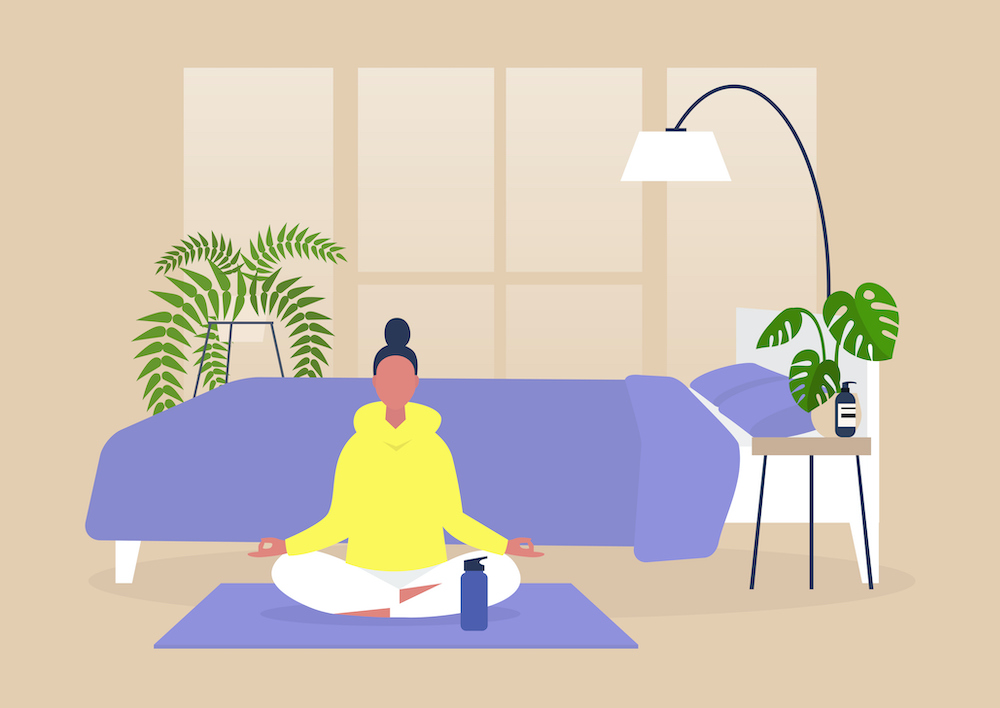
- Altered Traits, Daniel Goleman, Richard Davidson. Collection of scientific experiments and confirmations of the effectiveness of meditation.
- Mind Light, Jeremy Graves, John Kuladasa, Matthew Immergat. Heavy in style, but a very thorough guide to all aspects of meditation. The book is not for beginners, but rather for advanced.
How useful meditation was
I started with meditation every day and stuck to this principle throughout 2020. In 2021, I allowed myself to skip 1-2 days if I didn’t have time physically or it was uncomfortable for me to meditate.
I stayed with meditation precisely because I felt a real benefit. At first, the effect was expressed in finding some calmness and ordering thoughts in the head, which was already not bad. In meditation books, this is called a "mental shower" - such a quick way to bring yourself into a state of balance.
After a while, I began to notice that I could better control my emotions, in particular negative thoughts and introspection flows, as during practice you learn to observe your feelings and unravel the cause and effect relationships.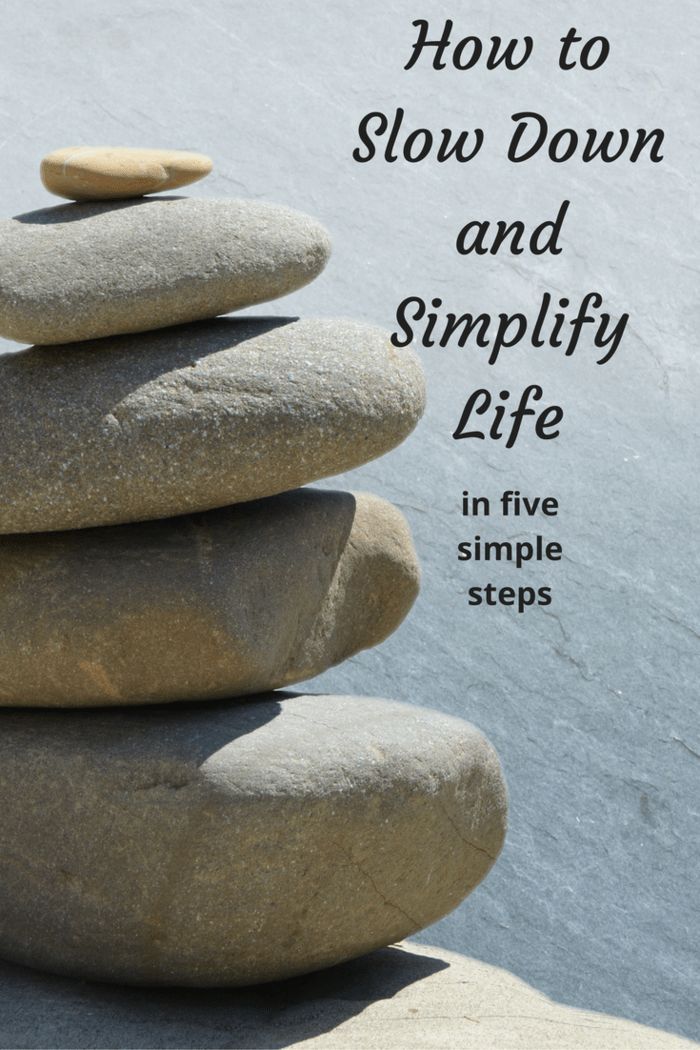 It becomes easier to understand that, for example, today the source of a bad mood was not a harsh remark from a colleague, but the fact that you got your shoe in a puddle in the morning. You begin to unravel this tangle and come to the thought:
It becomes easier to understand that, for example, today the source of a bad mood was not a harsh remark from a colleague, but the fact that you got your shoe in a puddle in the morning. You begin to unravel this tangle and come to the thought:
“Is it worth getting upset about this at all?”
In general, I noticed that 60 percent of negative scenarios in my head, which then affect mood, productivity and sociability, arise because of some trifles or unconfirmed conclusions.
After the meditations, it became easier for me to focus on tasks and dialogues, as I began to relate to everything differently. This led to interesting side effects: for example, I became more effective in negotiations, because I can better focus on the interlocutor, I can recognize his mood and see what true goals drive him. What people say doesn't always match what they really want.
I also like meditation because in this activity you do not depend on anyone and you can choose the time and place yourself.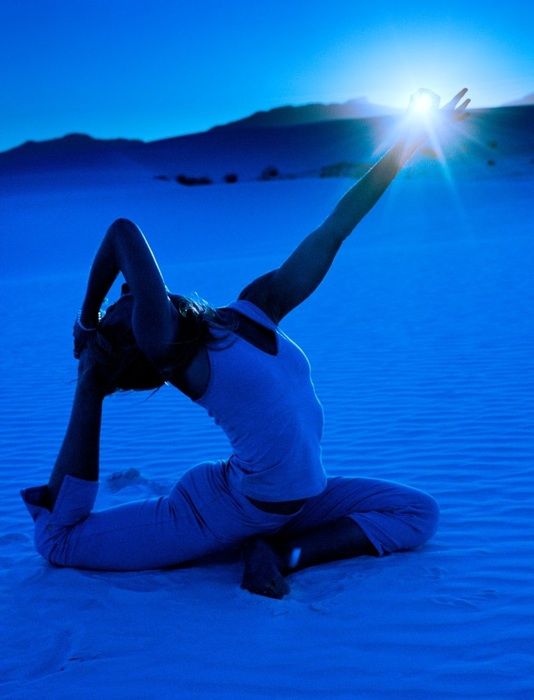 As a result, according to well-known researchers, practices should lead to sustainable personality changes. It is difficult for me to evaluate myself, but I can definitely say that my friends and colleagues began to notice the changes. I often hear in my address that I have become more collected and calm.
As a result, according to well-known researchers, practices should lead to sustainable personality changes. It is difficult for me to evaluate myself, but I can definitely say that my friends and colleagues began to notice the changes. I often hear in my address that I have become more collected and calm.
/body-and-mind/
Speech, movement and awareness: how I spent almost 75,000 R on self-development
Summary
Since I have been practicing regularly for almost two years, I have developed an optimal program for myself based on the meditations I listened to in the application, advice from books and courses. At first I tried many different resources, but then I realized that a large amount of information disperses the focus: you need to adapt to the new voices of the announcers, you also get used to new application interfaces not immediately. I realized that the main thing in this business is regularity, the tools are not so important.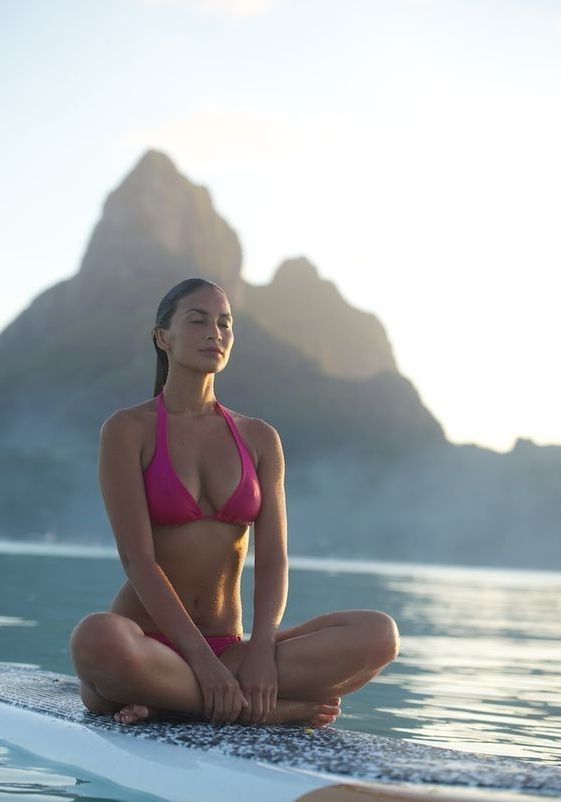
In total, I spent more than 100,000 RUR on my passion for mental health. Some would say that this money could have been put to more practical use, but I don’t regret these expenses at all.
Mental health expenses — 115 100 R
| NeoRhythm neuro-hoop | 40 000 R |
| Retreat trip | 40 000 R |
| Course Wim Hof | 17 000 R |
| Meditopia app subscription for 18 months | 6282 R |
| Sadhguru Internal Engineering Course | 5930 R |
| 18-month Headspace app subscription | 3042 P |
| Books | 1946 R |
| Meditation cushion | 900 R |
NeoRhythm Neurohoop
RUB 40,000
Retreat Trip
RUB 40,000 9Ol000 Books
1946 R
Meditation Cushion
900 R
I feel like my life has really become more conscious. I began to understand myself better, studied my periods of productivity and unproductivity, learned how to get out of stressful situations with minimal losses, and began to find more joyful moments in life. In addition, my passion from an ordinary hobby has grown into something more: they began to turn to me for advice, and now I help people learn what I learned myself.
Readers write. Here they share their experiences and tell their financial stories
Tell your story
Dreaming of a total reset? Time for a retreat!
Nervous people. Nervous, twitchy people everywhere. Faded looks, age-old fatigue, clenched teeth. Damn alarm clock, constant rush at work, dinner, bed.
Have you ever wanted to drop everything and escape from the routine? Run away, to my aunt, into the wilderness, to Saratov? Retire and think: “Who am I and why do I live”? If yes, then you have such an opportunity. A retreat is a chance to break out of the rat race.
Modern people are so immersed in their work and family life that they have ceased to question the status quo, do not take time for a conscious pause and recalibration. As a result, constant employment and running in circles lead not only to physical exhaustion, but also to chronic stress, apathy, depression and disconnection from oneself. It should not be. Retreats help to understand how important it is to establish contact with the inner "I" in order to live in harmony with the whole world.
Read on and you will find out what retreats exist, what happens there and where to go if you are tired of your own life.
What is a retreat?
In translation from English, the word “retreat” means “retreat”. To put it simply, a retreat is a pause in everyday life, a kind of place where people go to spend a certain number of days in solitude, spiritual and bodily practices. Retreat involves a change of focus, a deliberate departure from the daily routine by avoiding the noise and pressure inherent in modern life.
Spirit retreats are practiced in many religions around the world, including Christianity, Hinduism, Islam, and especially Buddhism. They focus on purposefully withdrawing from worldly things and spending time meditating, thinking about yourself and your relationship with the world.
As motivational speaker and spiritual coach Shiva Negi says: “If you want to be rich, know business, but if you want to be happy, know who you really are” [Negi S.]. This is a really deep thought, because only inner harmony can bring true happiness, and not external factors such as financial success or love relationships. Retreat is just a process of knowing yourself, listening to who you are; with its help one can discover inner truths.
How the practice of retreat was born
For hundreds of years, there has been a tradition among Buddhists of seclusion in a quiet, deserted place. In India and Nepal, 25 centuries ago, a cave or the roots of a shady tree served as such a place, since at that time there were no monasteries yet, and hermit monks wandered from village to village without a permanent refuge.
The journey of the guru and his followers was regularly hampered by the rainy season, which lasted from July to September. Because of the continuous downpour, snails, worms and frogs crawled out to the surface of the earth, and the monks could easily crush them, which violated one of the most important commandments “do not kill”. In addition, pilgrims wandering in the rain often damaged newly planted rice fields.
Therefore, the spiritual master Buddha recommended that his followers stay in one place during the three-month rainy season and meditate more intensively. Over time, special buildings were erected for these purposes, where the monks were accommodated. This is how the "rain retreat" or vassa appeared - the annual monastic seclusion, which is still practiced in the Buddhist tradition.
In addition to Eastern culture, retreat practices were also spread among other peoples. For example, several centuries ago, the indigenous people of North America performed a rite (quest) called "seeking a vision. " Its participants were usually young men, striving to be recognized by the community as adults (and even leaders) after completing the quest.
To do this, they left their tribe and went to an isolated place - to a desert area or to the graves of elders, to be alone with their thoughts. The participants of the ceremony refused to eat, and sometimes sleep, as a result of which they experienced visions (hallucinations). It was believed that such a rite of solitude helped develop survival skills, gain maturity, connect with nature and ancestors, and received visions - to know the wisdom of life.
The retreat tradition did not bypass Christianity. If you turn to the Bible, you can find the following:
- the prophet Moses spent several times for 40 days in asceticism on Mount Sinai;
- the apostles of Christ gathered for 10 days in the upper room of one of the houses on the hill of Zion to prepare for the reception of the Holy Spirit, where they prayed and had spiritual conversations;
- Jesus spent 40 days in the wilderness, fasting and resisting the temptations of the devil.
Speaking about the connection between Christianity and the practice of retreat, it is worth mentioning Ignatius de Loyola, who later acquired the status of a Catholic saint. Once, being seriously ill, he read a book about the lives of the saints, The Golden Legend, and decided to leave all worldly things in order to follow Christ.
After recovering, Ignatius went to the city of Manresa, where he lived as a hermit in a secluded cave for more than eight months. Overcoming temptation, he eventually gained insight and created the famous "Spiritual Exercises" - a collection of Christian meditations, contemplations and prayers. Over time, Ignatius began to preach his method of retreat to the people, and by the 18th century, retreats and retreat houses were common in the Catholic world.
And finally, an interesting fact: in 1792, the first asylum for people with mental disorders was named "Retreat", based on the principles of humane attitude, compassion and respect. It was organized in the English city of York by philanthropist William Tuke, outraged by the appalling conditions of the insane asylums of that time. In the 18th century, inhuman treatment of patients was widespread. Such people were equated with animals, kept starving, and beatings were common practice.
Tuke, on the other hand, believed that the "inner light of God" was present in every person. Comfortable living conditions were created for the residents of the "Retreat": they were provided with good-quality food, encouraged to do their best work and taught physical exercises in the fresh air. Tuke recognized the special importance of nature for healing. The mentally ill were not physically abused or chained, they were considered children, and The Retreat was a loving family environment [Theretreatyork.org.uk].
Of course, modern retreats are not asylums for the mentally ill, you don't have to sleep in a cave or near the graves of saints. How the current retreats are organized and what to expect from them, we will tell further.
Types of Retreats and Their Features
There are many types of retreats, but each of them involves stepping away from routine duties and distractions in order to look at your life from a new perspective.
The main thing that distinguishes a retreat from other forms of recreation, including vacations, is intention. Going to a secluded place, a person undertakes to deepen his contemplative practice, i.e. focus on self-exploration. Because retreats are often teacher-led, participants have the opportunity to ask personal spiritual questions and receive valuable guidance.
So, retreats are:
- individual and group;
- male and female;
- religious and secular;
- health and yoga-oriented;
- silent and welcoming active communication in the group.
Each has a specific theme and lasts from one day to a week or several months. Participants may follow the official program or follow their instincts; think about God, the world, or ourselves; meditate or spend time in conversations with like-minded people; sleep in sleeping bags or luxury retreat centers. Prices also vary: from donation, i.e. "pay what you want", up to several hundred dollars or more per day.
Whatever the retreat, its participants must follow the basic rules:
- digital detox - partial or complete rejection of gadgets;
- healthy diet - vegetarian menu (in most cases), exclusion of alcoholic and stimulant drinks, no smoking;
- punctuality - getting up early and going to bed;
- respect for other practitioners and mentors.
If you are new to this topic, the variety of retreats can be confusing, so we will tell you a little more about their main types.
1
Wellness Retreats: Finding Balance
The goal of wellness retreats is to improve overall well-being. They are aimed at people who have experienced severe stress, stuck in limiting attitudes, who want to improve their diet, physical health or self-esteem. They tend to be gentler than other types of retreats and emphasize emotional and mental well-being as well as fitness and health.
Health retreat centers are most often located in quiet places with amazing landscapes (near water bodies, in the jungle, forests, mountains) that help to relax, connect with nature and rejuvenate. Of course, such retreats are also held within urban settlements, for example, in Moscow or the Moscow region, but always with the preservation of an atmosphere of calm and serenity.
These periods of retreat give the mind and body the time and safe space needed to overcome deep-seated pain, come to one's true self, and understand one's true desires. The duration of seclusion can range from two days off at the end of the week to a month (or more) detox course, which, for example, allows you to completely cleanse yourself of toxins and lose excess.
A typical day at a wellness retreat usually includes morning meditation or yoga, healthy eating, massage, body and energy practices. The nature of the procedures depends on the focus of the retreat. In addition to time for self-observation, the schedule also provides for group activities where participants interact. This is an important part of the retreat, creating a sense of connection on a deep level that is difficult to achieve in everyday life.
As a result of a wellness retreat, you can return home refreshed and rejuvenated, because such an integrated approach really improves physical, mental and spiritual well-being.
2
Religious Retreats: Deepening Faith
Faith and God are topics that often confuse people. Religious retreats are for those who feel spiritually lost, alienated from their church or religion, want to deepen their faith but don't know where to turn.
What happens at these retreats? Most often, they are organized around a presentation or series of presentations on a religious theme and are designed to help participants build a relationship with God. Lectures are usually delivered by mentors who have appropriate training, experience and are deeply committed to the spiritual life.
In addition to group activities, religious retreats provide time for solitary practices such as prayer, reading the scriptures (and other holy texts), contemplation, walking in nature.
3
Non-Religious Retreats: In Search of Your True Self
If you are looking to strengthen your relationship not with God, but with yourself, welcome to secular retreats. They are aimed at solving specific needs, such as forgiving offenders, giving up addictions and toxic behaviors, gaining mental strength to deal with a serious illness, or focused on personal growth in general.
Often participants in such retreats are accommodated in ashrams - houses where spiritual teachers and their followers live. Yoga practitioner, writer and founder of several ashrams in India and the Netherlands, Yogi Ram says that the ashram is not inherently sectarian, does not impose any particular religion, faith or guru. A real ashram promotes a healthy lifestyle and self-awareness through discipline and reflection [Ram Y., 2015].
The living conditions in the ashrams are simply Spartan, the food is organic and vegetarian. Participants of such retreats practice yoga, qigong, meditation, long walks, strength exercises, listen to the reports of the guru.
Today, ashrams can be found not only in the Indian wilderness. Some of them are more like luxury hotels than ascetic retreats for self-discovery. For example, the California Ashram near Los Angeles is called the "boot camp for the stars." Among its guests were television presenter and media mogul Oprah Winfrey, comedian Dan Aykroyd, Oscar-winning actress Shirley MacLaine and supermodel Cindy Crawford. The programs of this ashram are suitable only for those who are ready to spend a round sum on self-development: to buy a week-long retreat, you will have to fork out $6,000 [Theashram.com].
4
Mindfulness Retreats: Calming the Worried Mind
If the above amount seems too high to you, but there is a need for self-knowledge, we invite you to take the online program of the same name, developed by our specialists. It will not hit painfully on your budget and at the same time will help you understand yourself. You will understand what are the hidden motives of your behavior, identify your strengths and weaknesses, values, professional inclinations, and also learn how to show leadership qualities. To reawaken interest and joy in life, improve social communication and find a job you love, take the time to complete the Self-Knowledge online program.
When you notice that your head is filled with a huge amount of thoughts, fears, ideas and you find it difficult to focus on one thing, it may be time to go on a mindfulness retreat.
We are so used to juggling multiple tasks at once, obsessing over the past and worrying about the future, that we forget to live in the present. But only attentive presence in the current moment allows you to perform each task efficiently and with enthusiasm. By learning to live in the present, we not only get rid of the pain of the past and fear of the future, but also gain the ability to enjoy life.
Mindfulness retreats help with this. They provide an opportunity to slow down, reflect on your values, truly focus on the present moment, and connect with your feelings. Only by moving away from the daily bustle and remaining motionless, you can hear a quiet inner voice that sets the direction of life.
There are several options for mindful retreat, for example:
Meditation Retreat
Meditation Retreat is the most common form of retreat that focuses on meditation practices such as Vipassana (the process of clearing the mind through self-observation), Chankama (meditation in walking time), body scanning (exploring the physical sensations in one's own body), metta (the practice of loving kindness) and Pranayama (breathing exercises).
Such retreats allow you to restore the lost connection with the body, mind and soul through conscious observation of your bodily sensations, emotions, beliefs and other thoughts that arise during meditation sessions.
Meditation retreat schedules tend to be rigidly structured and intense enough to be a challenge for body and mind. Beginners are advised to start with short retreats of a couple of days before moving on to longer periods of seclusion.
An example of a meditation retreat is an event by Joe Dispenza, an American lecturer and author of numerous books on neuropsychology, which combines lectures and meditation itself. According to the author, his "retreat helps to escape from everyday life and go on a deep inner journey into the quantum field - a field of infinite possibilities that exists outside of our known, perceived three-dimensional reality" [Drjoedispenza.com].
Buddhist retreat
Buddhist mindfulness retreats use the spiritual teachings of the Buddha as the basis of their programs. They are aimed at understanding the root causes of the appearance of certain thoughts and feelings, as well as understanding how much you are able to change the circumstances in which you find yourself.
Silence is a characteristic feature of Buddhist retreats. This means that its participants must remain silent for an extended period of time. They can speak only in exceptional cases, for example, asking the teacher about the correctness of the meditation or the retreat administrator, if there is an urgent need. Communication between practitioners is prohibited.
Buddhism also has a tradition of solitary retreats as a way to achieve maximum concentration and deepen practice. Those who decide to try this format are responsible for their own schedule and usually do not have direct contact with other people. This is extremely difficult at first, so it makes sense to limit the first solo retreat to one or two days.
Eco Retreat
Permaculture mindfulness retreats are a more dynamic retreat style. They are held in ecovillages, where practitioners participate in growing greens and vegetables, create garden compositions, and learn about the importance of taking care of nature. Ecoretreats use seated meditations and teach practitioners how to maintain awareness in everyday life, such as washing dishes, tending the garden, or walking to work.
Yoga Retreat
All yoga practices are based on mindfulness, because the very nature of asanas is to be aware of your breath and perform movements with full concentration. Most yoga-based mindfulness retreats include classes in hatha yoga, which focuses on strengthening the physical capabilities of the body; ashtanga yoga, which helps to warm up the body and get rid of toxins; yoga nidra, which promotes relaxation, as well as a set of pranayamas, which immerse in the present moment and relieve the anxiety of the mind.
Traditional yoga retreats are aimed at slowing down, but some of their Western-style counterparts are more like recreational vacations that offer five-star accommodations, fine dining, and a range of activities including yoga, meditation, massage, hiking, horseback riding. kayaking and even horseback riding.
If your heart responded with a joyful “I want!” After reading above, it's time to find out where to go to reset your life.
Where to go on a retreat?
A variety of retreat centers, camps and ashrams are scattered all over the world, and there is no doubt that anyone who is thirsty for self-discovery can find a place to their taste. To do this, simply enter the appropriate query into the search bar of the browser. Here are just some variants of that are not advertising, but may be of interest to you:
Ananda Center. India, Rishikesh city
Rishikesh is the yoga capital of the world. The health-improving center "Ananda" located there is one of the most presentable. It offers a variety of retreat tours, including rejuvenation, cleansing, stress relief, yogic.
All retreats begin with a consultation where a person’s dosha (type of constitution) is determined, after which an appropriate nutrition system and wellness manipulations are prescribed, which may include the application of healing oil to the “third eye” area, an Ayurvedic abhyanga massage, a bath of traditional Indian herbs.
Ananda retreats usually last from three days to two weeks. Wonderful landscapes at the foot of the Himalayas create a peaceful atmosphere and help retreat participants to find peace and focus on their inner world.
Mandali Retreat Center. Italy, Lake Orta
The center conducts women's retreats and helps the ladies take off their superwoman costume at least temporarily. Through a week of conscious cleansing and spiritual practices that combine ancient shamanistic traditions, holistic medicine, and the most popular styles of yoga such as vinyasa, yin yoga, and chi yoga, you can learn to connect to your inner healer.
In addition, Mandali also organizes meditation retreats, where you can immerse yourself in complete silence, understand your nature, and free yourself from the ruthless stream of thoughts.
Deepabhavan Meditation Center. Thailand, Koh Samui
The word "dipabhavan" means "a secluded place to learn the teachings of the Buddha." Vipassana is the key meditation practiced at the center. It includes a minimum of 10 days of silent mental practices with self-observation, freeing the mind from suffering, restoring the connection between consciousness and body.
Living conditions in the center are very harsh, no spa treatments are provided, and the practice itself is uncomfortable and frightening, but the newfound peace and increased awareness are worth it. The retreat is completely free, those who wish can make a donation as a thank you for the experience.
EcoCamp. Crimea, Bakhchisaray district
The camp is located on the slope of a mountain and is surrounded on all sides by nature reserves. Guests of the eco-camp have the opportunity to inhale the aromas of juniper and pine trees during meditation, as well as walk in the apple orchard at the camp, filled with the life-giving power of nature.
Vipassana-based retreats, yoga tours, and retreats for couples who are determined to develop their relationship are held here.
Ashram (Yoga Center) of the Isha Foundation. India, foothills of Velliangiri
The Center was created under the auspices of the non-commercial charitable Foundation "Isha", founded by the Indian yogi Sadhguru (Jaggi Vasudev).
The Ashram invites everyone to master the 4 main paths of yoga: knowledge, action, energy and love for God (in its various forms). A special feature of this place is Dhyanalinga, a specially designed meditation space that is not focused on any particular faith or religion and does not require worship, offerings or prayers. All that a person who aspires to spiritual growth and development needs is just to sit in silence and absorb the atmosphere of Dhyanalinga.
The center also offers body wellness programs that include yogic practices, diet, massage, therapeutic baths and wraps, application of rejuvenating tonics and medicines of Siddha medicine, which is the ancestor of Ayurveda.
And if you are not ready to go on retreat tours for a long time and immerse yourself in the ascetic life of ashrams, you can retire at home. To do this, you need to have sufficient self-discipline and desire, turn off your smartphone and warn loved ones to leave you alone.
Try to use this time for introspection and meditation, slow down and just analyze your thoughts like watching a movie. Record observations and experiences during the home retreat in a journal.
Summing up, we want to draw your attention to an important thing: participation in the retreat is not riding on a rainbow surrounded by radiant butterflies and fragrant daisies. This is a difficult work, during which painful realizations about oneself can emerge. But this journey is worth the potential sacrifice and suffering.

